The tiny billboards movement
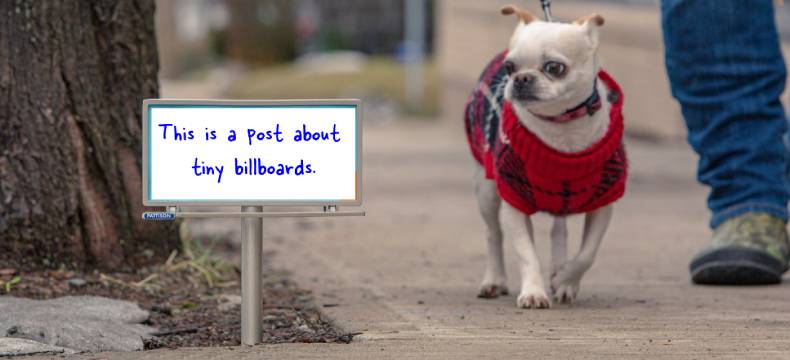

What exactly are tiny billboards? Billboards scream ‘huge’ and attract attention by being usually very large in a public space. Tiny billboards aim to achieve the same—that is, visibility in a public space, by being the extreme opposite of large.
You may wonder – if they are tiny, how would they attract people? Rather, how would they even be seen by people busily walking, driving in the public space?
Obviously, they would not be seen as much as a large billboard. Tiny billboards largely depend on some people seeing them and sharing that word around, and media writing about what an interesting idea it is. The latter is also engineered by PR efforts.
Tiny billboards are not new.
The earliest that I recall reading about was in 2007, for the Natural Confectionery Company, by the British agency Fallon. The company had installed these tiny billboards in London to communicate the message “a sweet *little* company’. A bit of a stretch, I’d say 🙂
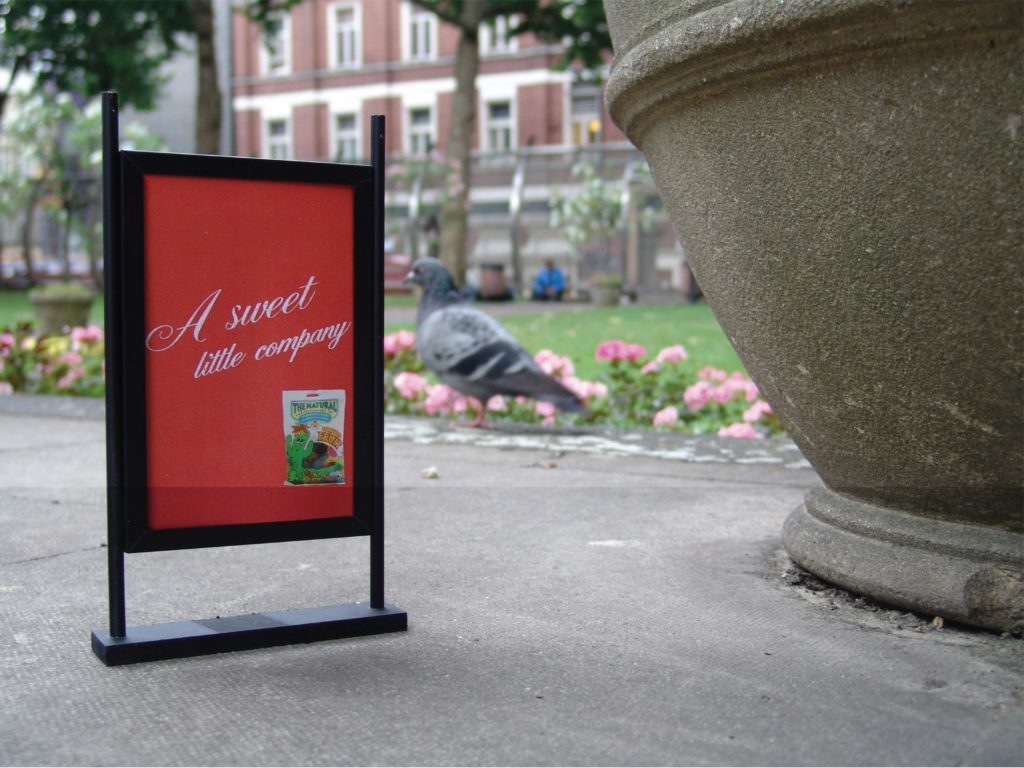
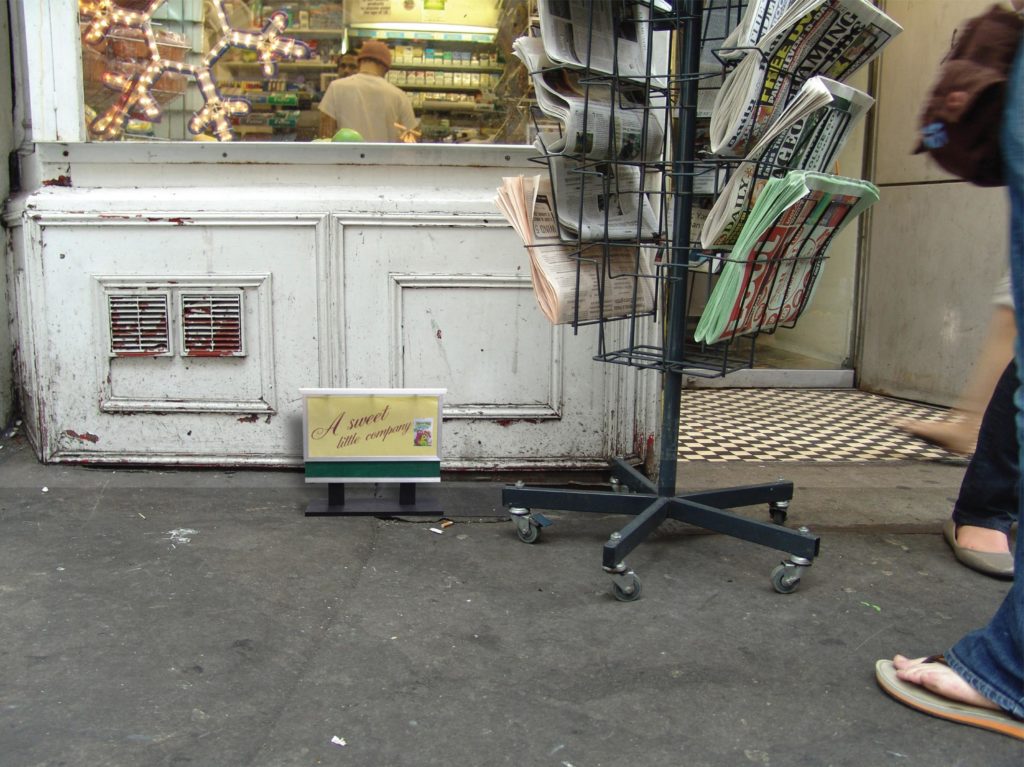
In 2011, by the small car brand Smart (Swatch Mercedes ART), a German car brand and division of Daimler AG.
Smart’s agency in Canada, BBDO, took the ‘small’ pitch very seriously and created tiny billboards that were planted on the roadside and had to be seen by getting down from your car and bending all the way down 🙂 The logic was smart, though – ‘Big billboards and big SUV’s — they both pollute the environment. In keeping with smart car’s low impact on the environment, we created low impact billboards’, as per the brand and the agency. Clever and contextual.
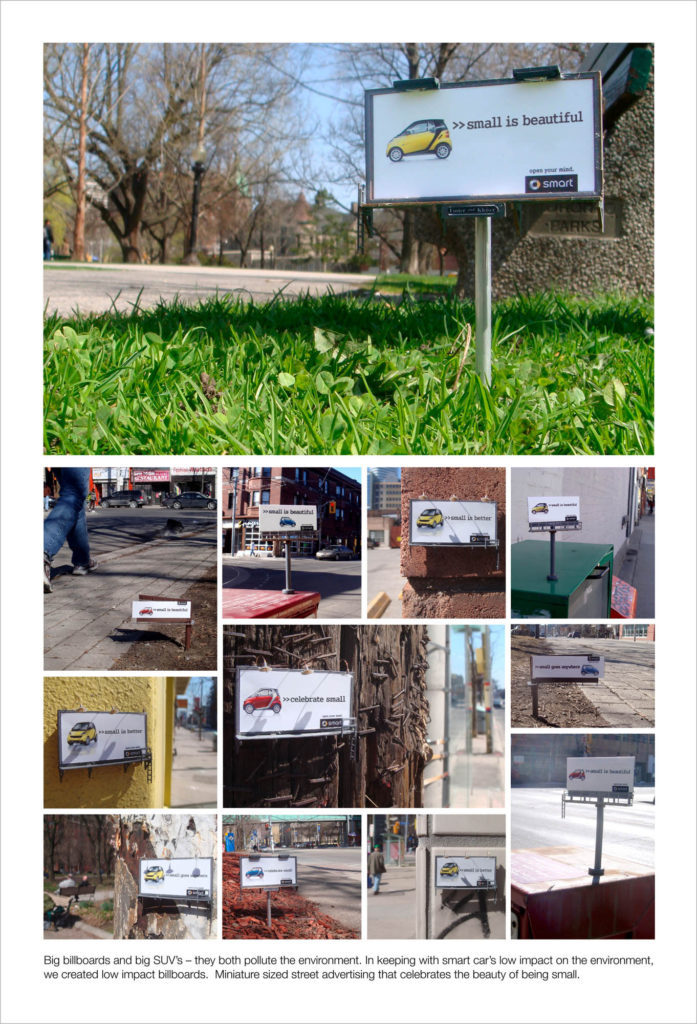
Then, in 2013, DDB Netherlands used the same idea for McDonald’s when the food chain had a promotional tie-up with the new Smurfs movie. A Smurf is about ‘three apples tall’ as per the comics/origin stories. So creating tiny billboards to promote the movie seemed contextual too.
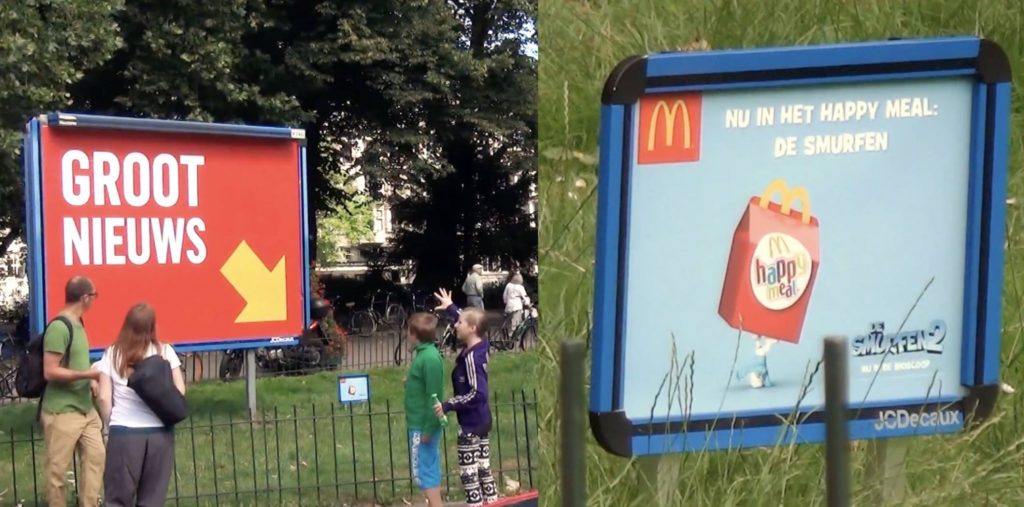
In April 2015, Marvel used tiny billboards to advertise the release of Ant-Man, in Australia.
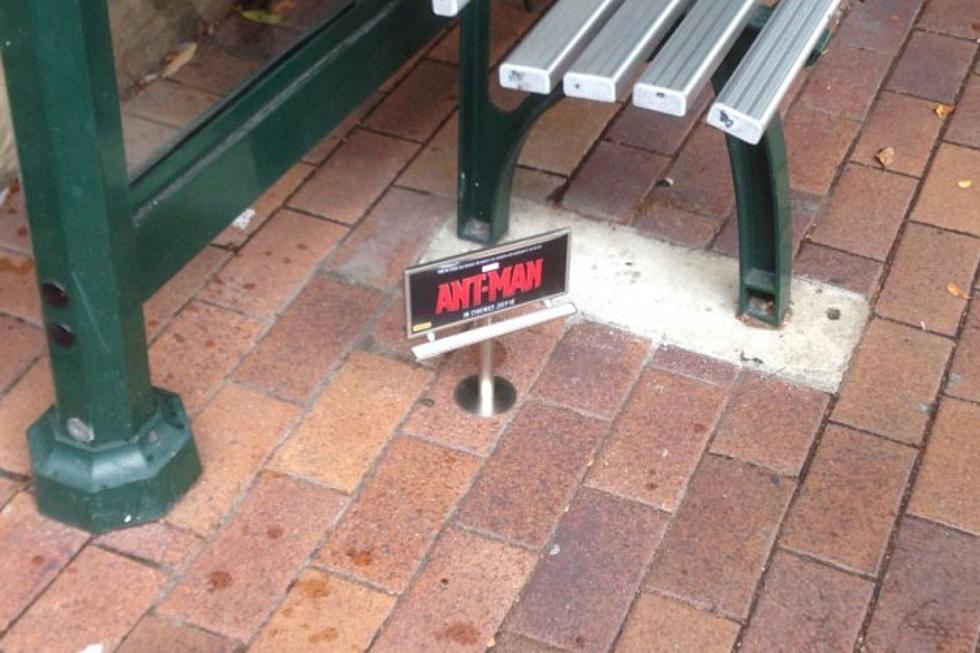
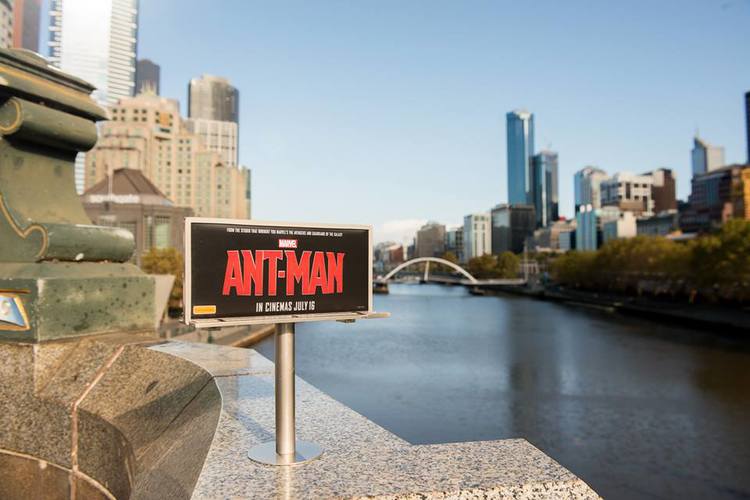
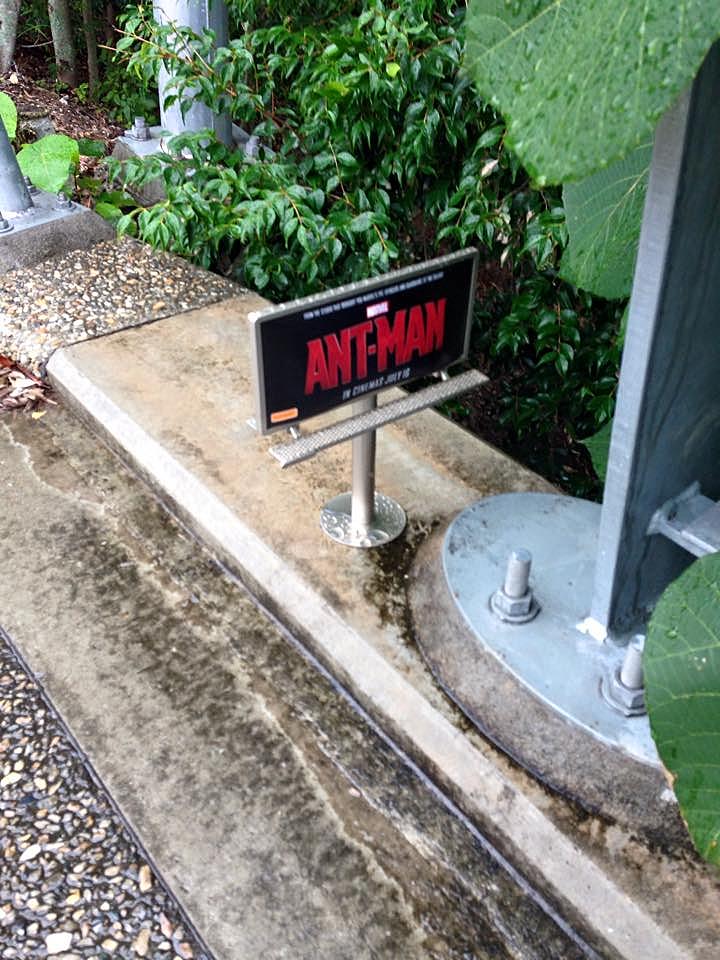
In the same year (2015), in August, when the interns from the agency BBH were tasked with creating “something famous” on a tight US $1,000 budget, 3 interns (Yolanda Saetern, Alan Sanchez and Jeff Tepper) created tiny billboards for Peta, under the idea ‘small billboards for big causes’.
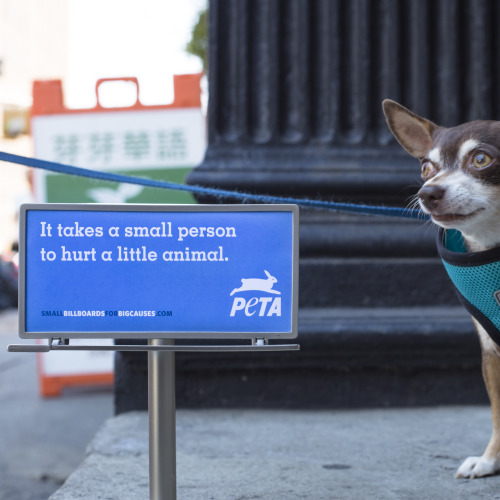
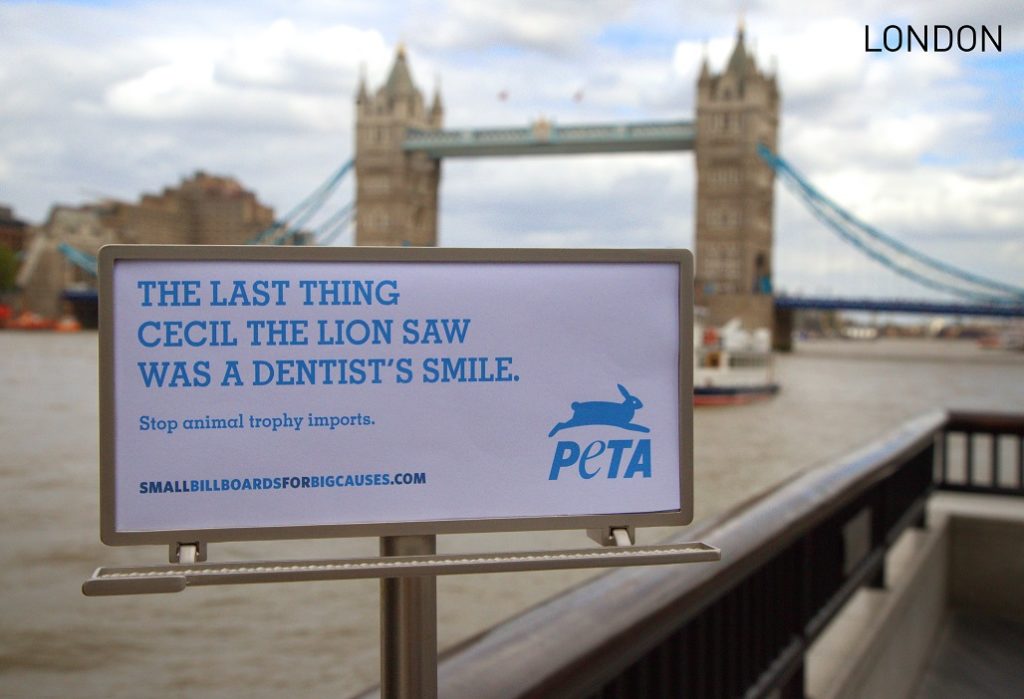
In January 2020, a DTC vitamin brand called Ritual used tiny billboards to advertise ‘starting small’ instead of big new year resolutions (towards better health).
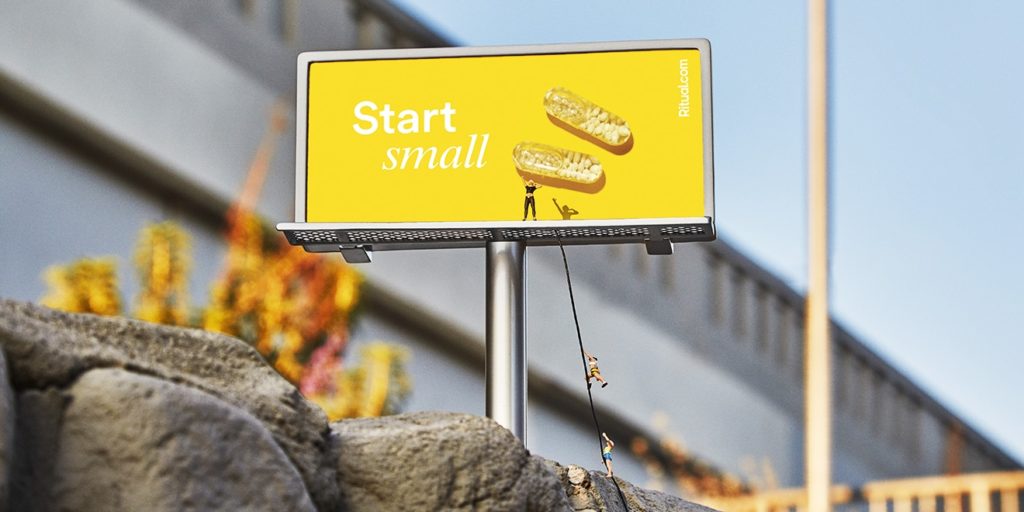
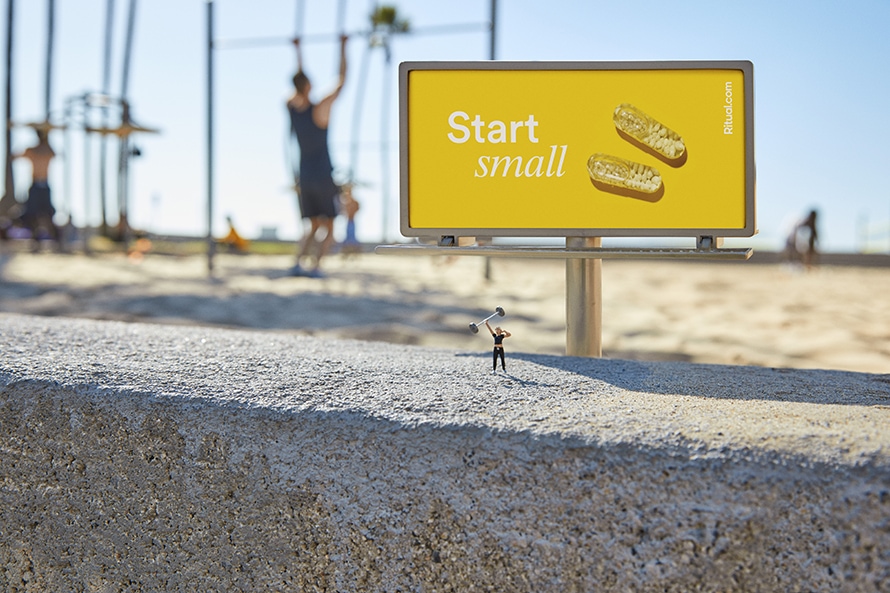
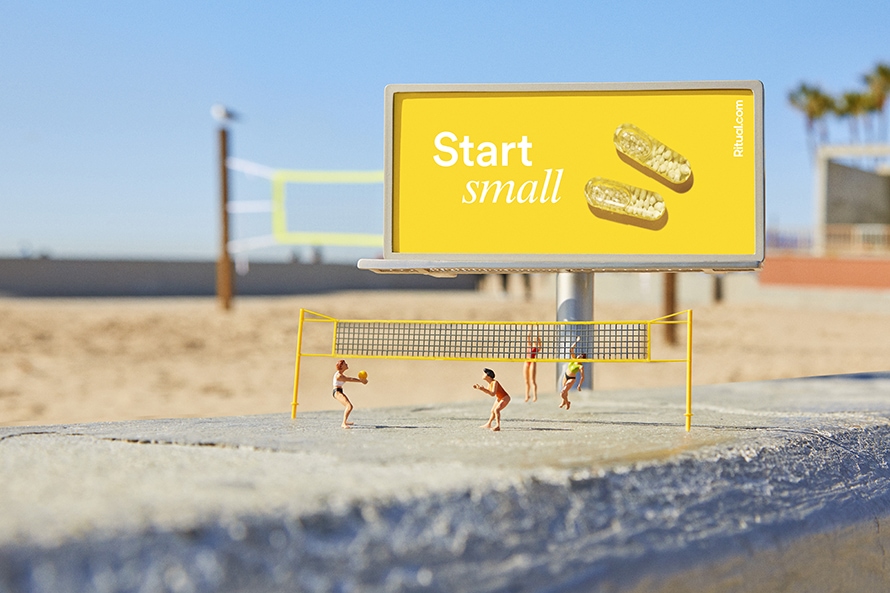
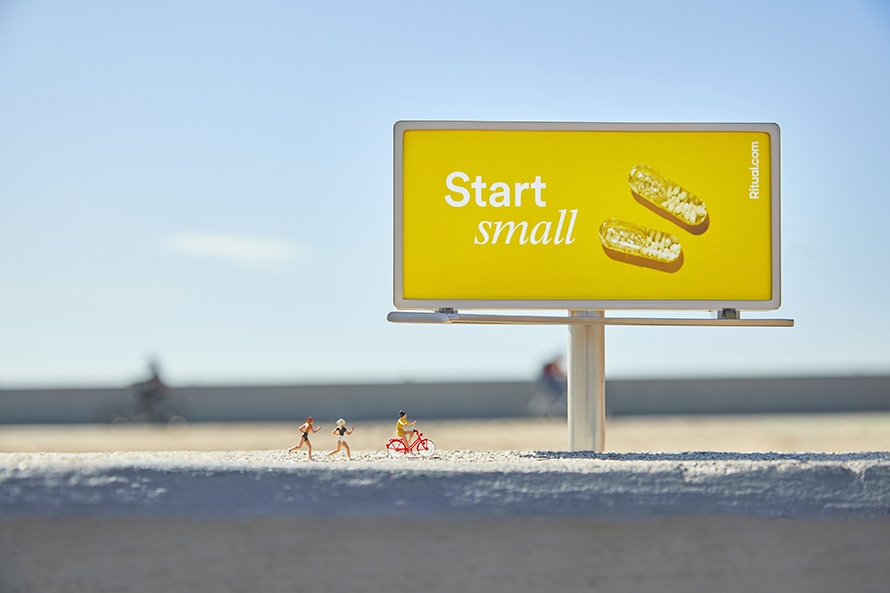
In August 2020, the Portland-based (Oregon, US) agency North used the idea of the tiny billboards for PDX SoS, a coalition of small, independent retail businesses in Portland. To ask Portlanders to support Portland’s small businesses and shops, North and an army of volunteers placed tiny billboards all over the town! So, small business, small billboards – good enough context, once again.
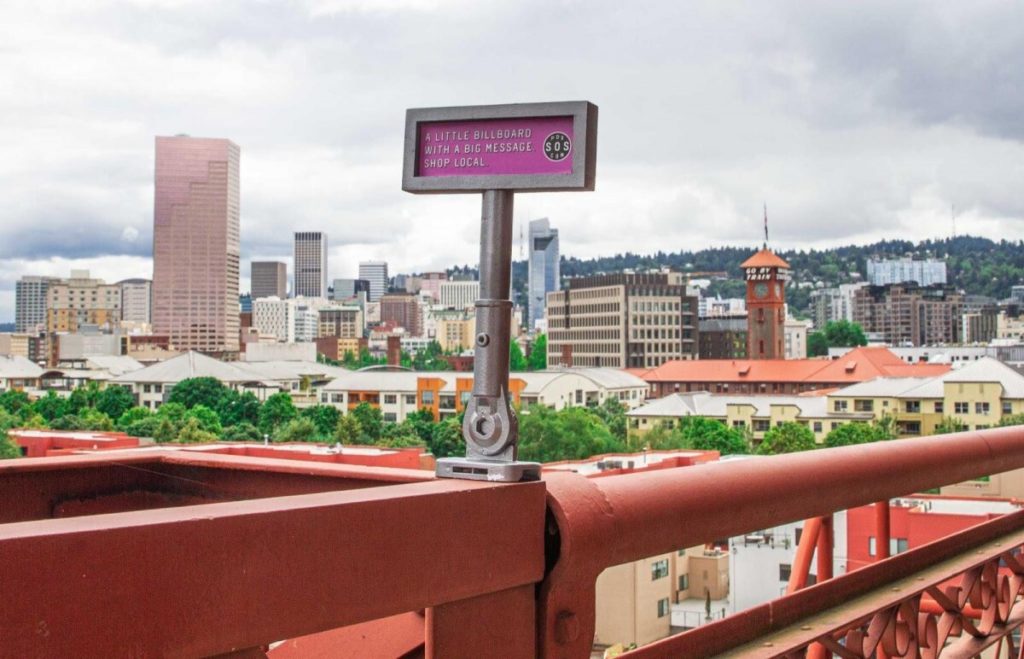
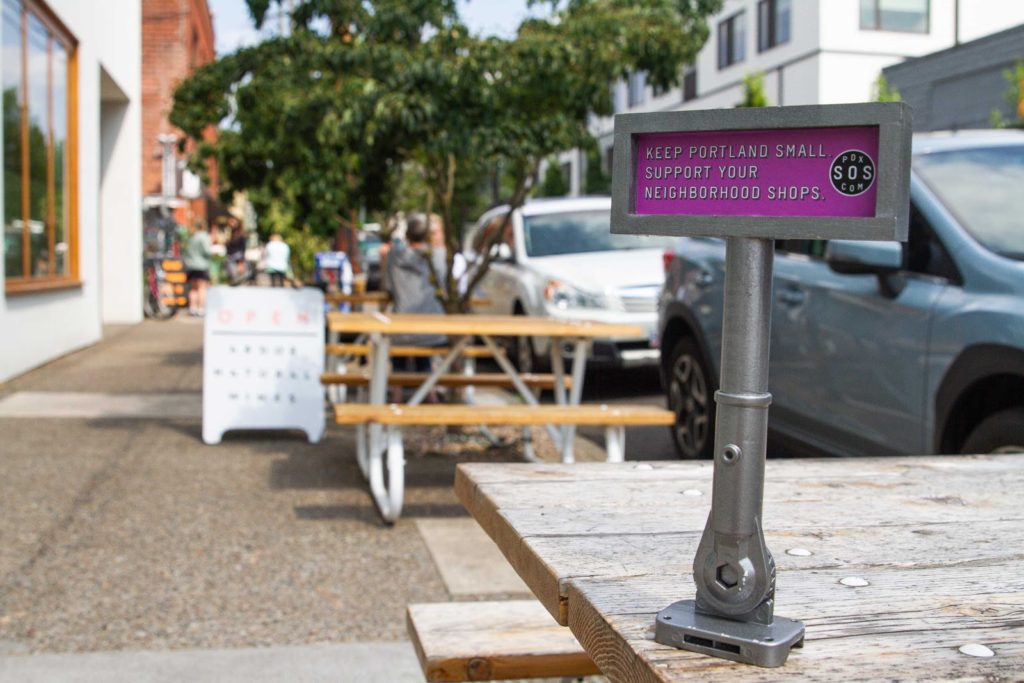
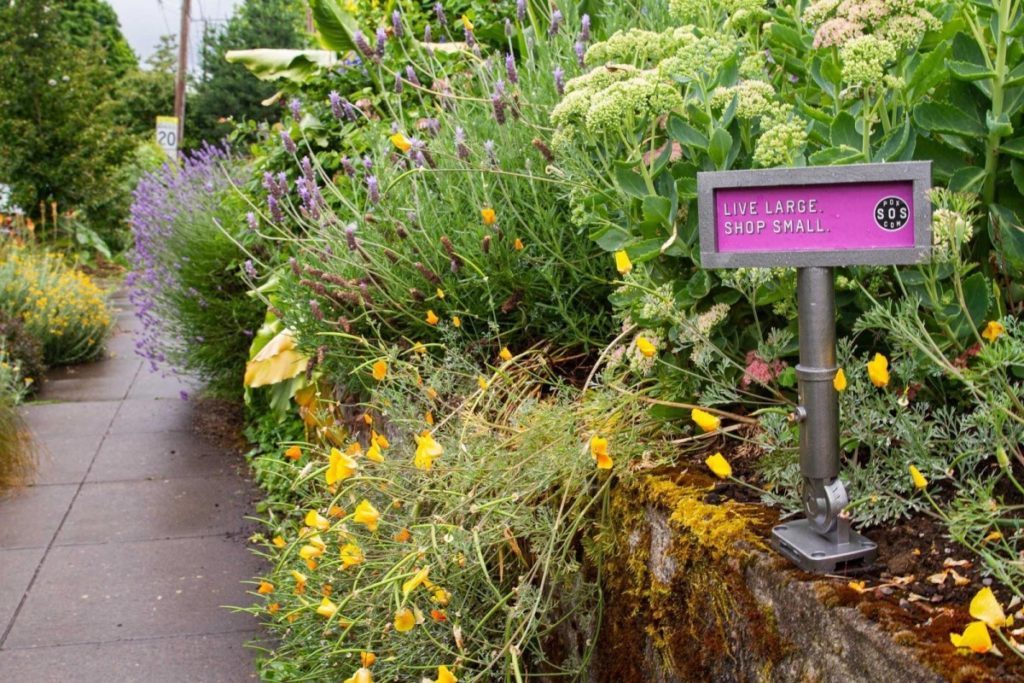
In February 2021, the Halifax-based agency Wunder used tiny billboards to promote the Pre-Shrunk Show, an annual art at the local art gallery called Argyle Fine Art because all the paintings on display small!
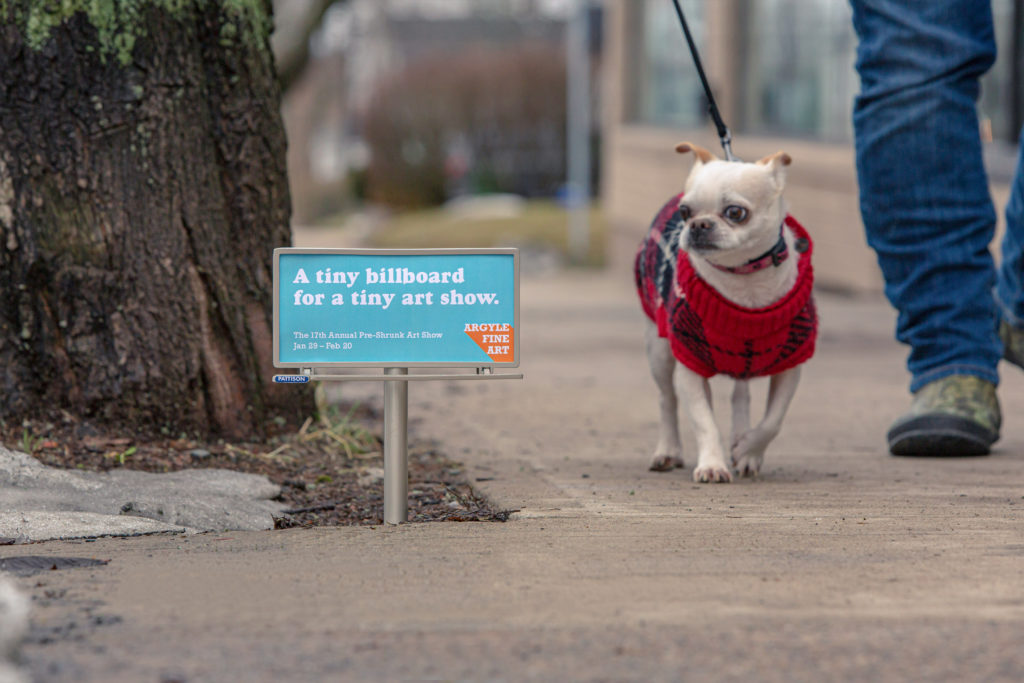

And finally, July 2021! A dog food brand called Jinx used mini billboards, which they called ‘Barkboards’, in Los Angeles and New York City to advertise the brand’s new distribution at Target stores. The billboards are framed as ‘direct to dog’ (a play on direct to consumer/D2C) and the twist is that they are also scented with dog-food smell (a non-toxic, amino-acid-based composition, as per the company).
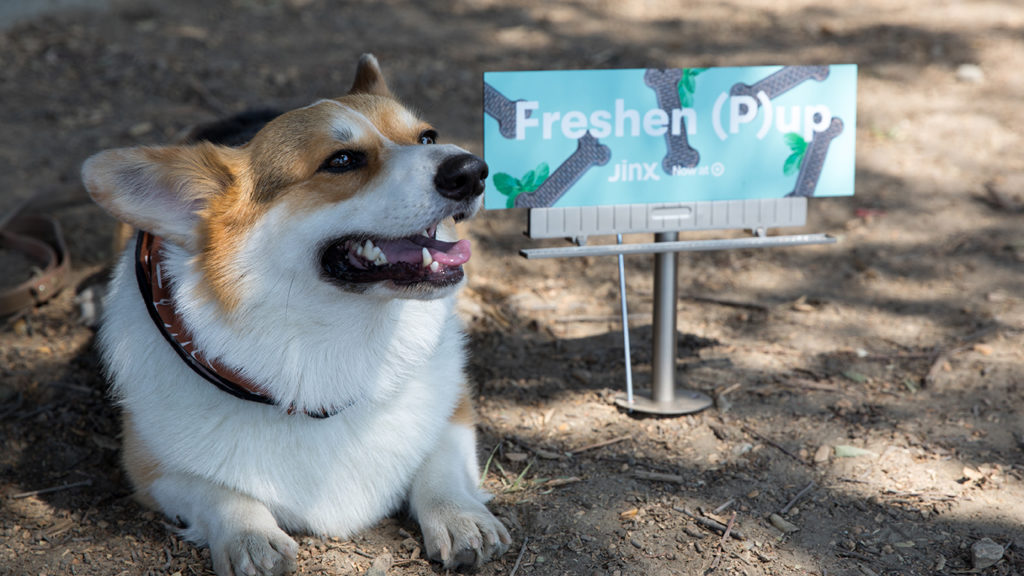
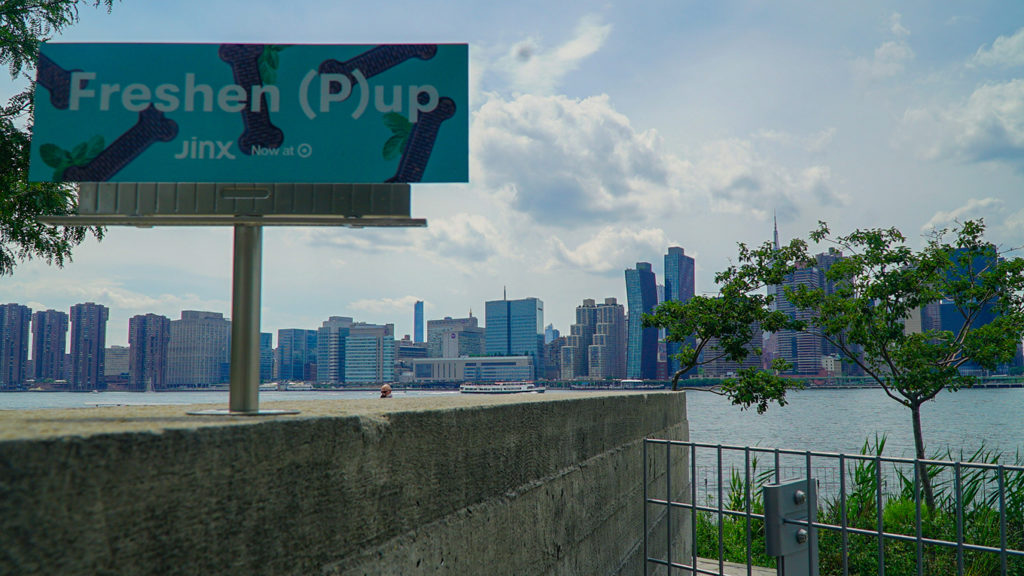
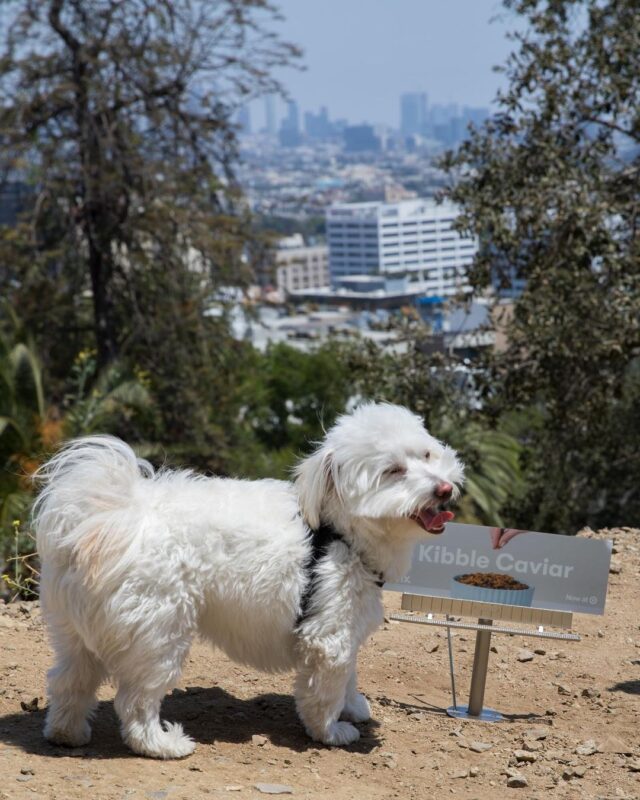
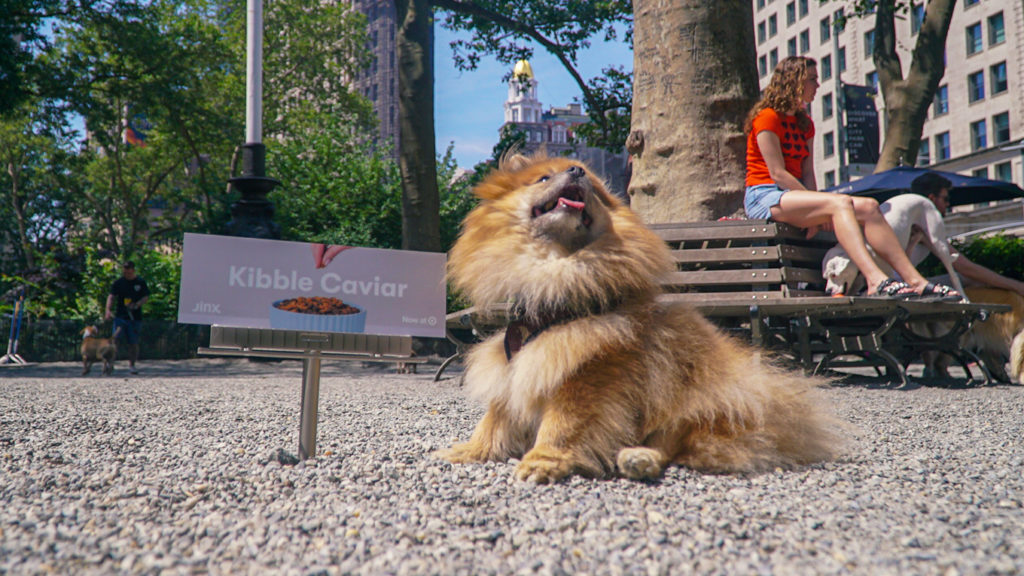
Amongst all the tiny billboards mentioned above, only Jinx’s billboards do not directly target humans, and target dogs, the decision influencer (where the pet parent is the decision-maker) at the level of their height!
But the idea of scented outdoor advertising to directly attract the attention of dogs is not new. The Vet chain FirstVet, through their Swedish agency Shomei used scented posters to attract the attention of the decision influencer for a vet chain – the dogs. Through the dogs, they eventually attract the attention of the decision-maker too (the pet parent) – the very same idea by Jinx! I wrote about FirstVet’s idea last year.
You can order mini-billboards today at BillboardStuff.com
By
